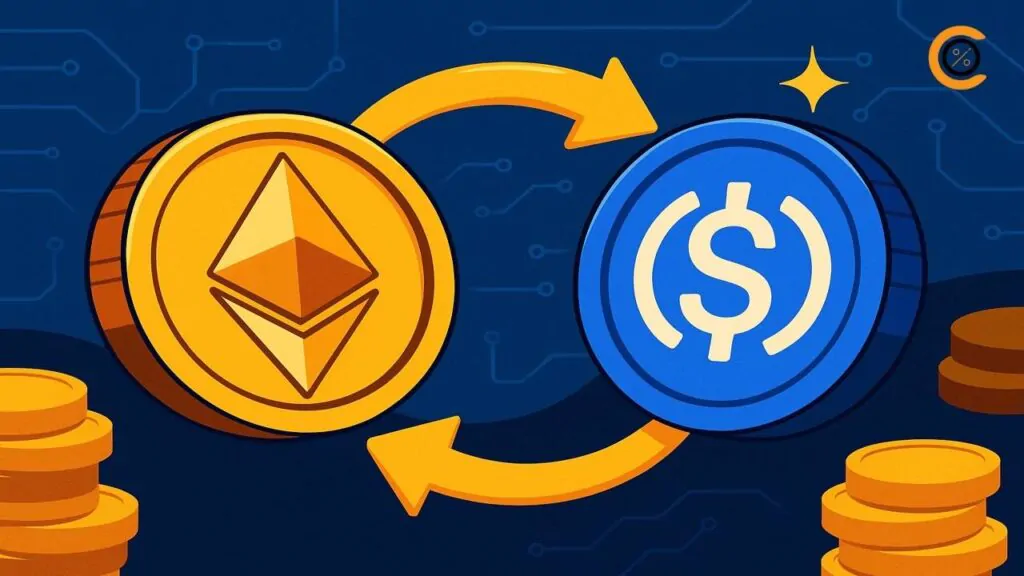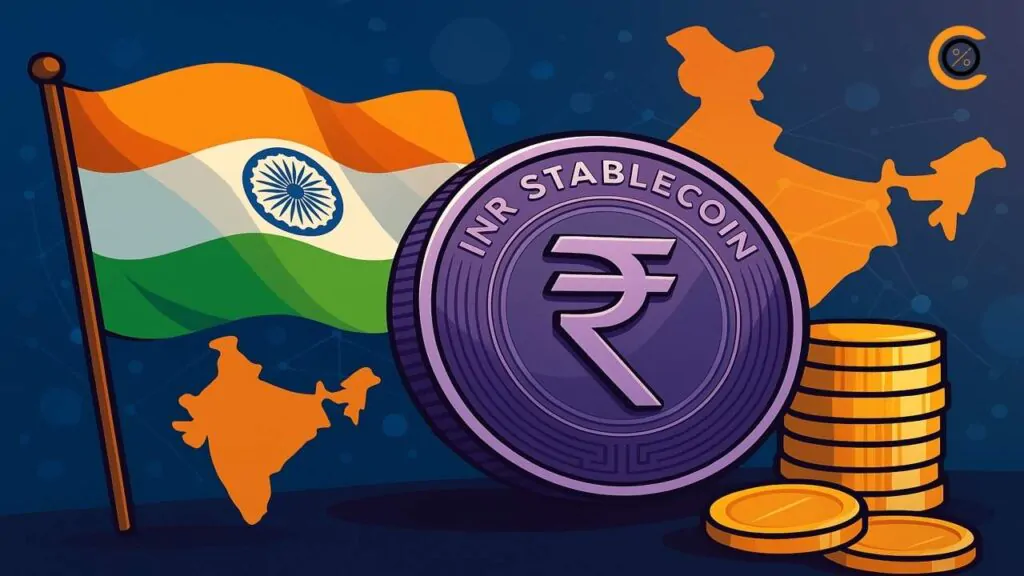- •KlarnaUSD is Klarna’s first USD-backed stablecoin, currently running on Tempo’s testnet with a public mainnet launch planned for 2026.
- •The stablecoin is designed for payments, helping reduce cross-border costs and speed up settlement across Klarna’s global network.
- •Klarna’s launch builds on its partnership with Stripe, and more crypto-related initiatives are expected to be revealed soon.
Klarna is moving into digital assets in a more direct way, and the KlarnaUSD stablecoin launch captures that shift clearly. The company has long focused on flexible payments and lending, but this step shows how seriously it now views blockchain infrastructure. The pre-launch version of KlarnaUSD is already active on Tempo’s testnet, giving Klarna room to experiment before broader rollout in 2026. As stablecoin activity reaches twenty seven trillion dollars a year, Klarna is entering the space at a time when large payment networks are rethinking their future. This update lays out what the company is doing, how the new token fits into its payment strategy, and what is known from confirmed statements so far.
KlarnaUSD Stablecoin Launch and Early Testing
Klarna’s announcement confirms that KlarnaUSD is a USD-backed stablecoin issued through Open Issuance by Bridge, a Stripe company that handles reserve management and compliance. This allows Klarna to introduce a branded digital asset without taking on the operational work of running a full stablecoin program. The token is currently available on Tempo’s testnet, not the public mainnet, and the company expects the mainnet release in 2026. Klarna has not opened the token to consumers yet. Testing today is focused on integration work, internal settlement, and preparing for broader functionality.
Tempo, the blockchain selected for the launch, is designed specifically for payments. It was developed by Stripe and Paradigm, and Klarna is the first bank to issue a stablecoin on it.
Reuters notes that the asset will be fully backed by the US dollar once it launches publicly. Klarna has been clear that this stablecoin is built for real payments rather than speculative trading. The company views it as a way to support faster, cheaper settlement across markets, especially since it already processes more than one hundred twelve billion dollars in annual GMV for over one hundred fourteen million users.
Also read: Stablecoins Will Force Everyone Share Yield, Says Stripe CEO
What KlarnaUSD Could Mean for Global Payments
The company’s leadership frames the move as a response to rising cross-border payment costs. McKinsey estimates that stablecoin transactions now exceed 2$7 trillion a year, and global cross-border fees are estimated at one hundred twenty billion dollars annually. Klarna believes stablecoins can lower that cost for both consumers and merchants.
KlarnaUSD is expected to support merchant payouts, cross-border settlement, refunds, and internal treasury flows once it is fully integrated. Klarna’s CEO, Sebastian Siemiatkowski, who previously held a skeptical view of crypto, now says the technology is fast, low-cost, and ready for scale.
Klarna’s long-standing partnership with Stripe is central to this development. Stripe already powers payments infrastructure across Klarna’s twenty six markets. The introduction of KlarnaUSD deepens that relationship through Bridge, the platform responsible for issuing and managing the stablecoin.
Regulatory context also plays a role, with Reuters noting that companies issuing stablecoins may benefit from emerging frameworks such as the GENIUS Act in the United States and MiCA in Europe. Klarna, however, has only confirmed that the product is in testing and that public access will begin after the 2026 mainnet launch.
Also read: China Bitcoin Mining Rebound Gains Momentum
A Clear Step Into Crypto With More Developments Ahead
The KlarnaUSD stablecoin launch shows Klarna positioning itself for a future where stablecoins are part of everyday payments. The company is not trying to create a trading token but a settlement tool that can move funds more efficiently than traditional rails. While the stablecoin is still in testing and not available to consumers, the direction is clear from the company’s messaging. Klarna expects to share more crypto-related initiatives in the coming weeks, which suggests this is only the first public stage of its broader strategy. As stablecoins continue to expand across global payments, Klarna’s entry adds another major player preparing for a long-term shift.







